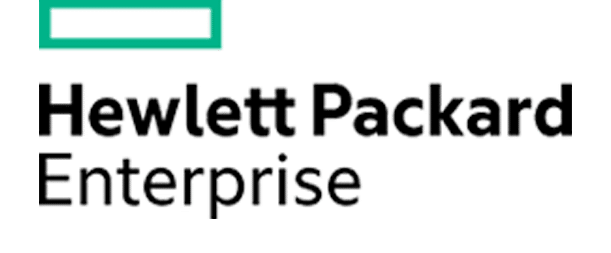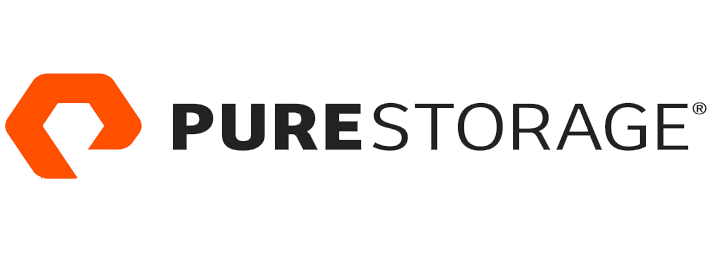4 Tips to Creating a Smoother Transition to IT as a Service
One of the most important things to understand about transitioning to an IT as a service model is that there is no “one size fits all” approach to what you’re about to embark on. You need to carefully consider all of your unique business requirements to make the most informed choices possible across the board.
Having said that, there are a number of important steps that you can take today to help make this journey—and the ultimate transition it results in—go as smoothly as possible tomorrow and beyond. It simply requires you to gain a better understanding of where you currently are, where you’re headed as a business and what you need to do to connect those two points as effectively as you can.

Step 1: Define the Right Mix to Remain in Control
One of the major business challenges that most organizations face when transitioning to IT as a service involves the increased cost that often comes with the unfortunate over provisioning of server and storage capacity across clouds. This is especially true in terms of both those initial capital costs, along with higher support and maintenance costs moving forward.
Therefore, one of the best ways to create a smoother transition to this new type of environment involves defining the right mix of hybrid cloud for your unique applications and workloads as early on in the process as possible. According to research conducted by HPE, roughly 50% of applications can easily be moved into the cloud—meaning the public cloud, the private cloud or some type of hybrid environment. But in about 20% of all cases, data show that applications can actually be retired altogether—thus relieving you of those management and hosting costs at a time when every penny counts.
It’s also important to understand what type of data you have. If you don’t have a data archiving strategy, now may be the time to consider one. Not all data is created equally and understanding what data can be discarded, what data can be archived and what data need to be accessed on a regular basis.
Taking this “right mix” approach to your transition won’t just help improve cost, either. It can also help improve performance and agility by matching each application workload to the right cloud platform.
Step 2: The Importance of Scalability-on-Demand Processes
Another major business challenge that organizations often face when transitioning to IT as a service involves the constant change in both technology and loading. Many organizations expect to access the latest hardware, but they don’t necessarily want to replace their existing infrastructure in order to do it. A perfect example of this is the increasing amount of data being stored on a daily basis—something that makes it difficult to keep up with your storage requirements while also supporting growth.
Scalability-on-demand processes are a great way to combat these issues, but they require you to keep a few key things in mind. First, you’ll want to have clear visibility into your historical usage trends AND forecasted capacity needs. All of this is essential in terms of properly planning for what your requirements will be in the future.
Likewise, you’ll need to have a proactive capacity management plan in place at the onset of this process to help meet those growth demands and controls. Keep in mind that your capacity should be actively managed because new growth, business fluctuations, new innovations and even a certain level of unpredictability are always going to be a part of this process. Put short-term, adjustable buffers in place to deal with infrastructure load variations and grow capacity at a rate that always remains slightly ahead of what is being used.
Solutions like HPE GreenLake are an invaluable tool to that end, because it brings a level of hardware elasticity on-premise at a fraction of the cost of the public cloud. If demand from your users were to suddenly increase, for example, the HPE GreenLake consumption model can easily bring the additional resources necessary to meet those urgent business demands.
Step 3: Align IT Expenses to Your Revenue Streams
When transitioning to IT as a service, businesses always feel increased pressure to match their project spend to their return on investment as much as possible. The types of IT silos that they’re used to dealing with may be fixed costs, but they’re also a burden on any organization that need to be eliminated as soon as possible.
Making an effort to align your IT expenses with your revenue streams is therefore easily achievable through IT as a service thanks to consumption-based pricing. This can provide the flexibility of the public cloud with the reassurance of data control, all while giving enterprises a choice of location for each workload based on what makes the most sense at the time.
This is another area where a solution like as-a-service excels, as it can significantly reduce your procurement time to add infrastructure capacity to meet business demands, all while allowing you to enjoy a perpetual reduction in cost from managing in this model at the exact same time. This reduces capital expenditures that can be turned into operational spending or even cost avoidance, such as when unexpected business events occur.
Step 4: Assess Your Operating Model with an Eye Towards Productivity
Finally, one of the best ways to make your transition to IT as a service easier involves making decisions with productivity firmly in mind. This means simplifying and unifying operations whenever you can, which requires you to monitor, operate, administer and optimize the environment on a regular basis.
At a bare minimum, you need to invest in monitoring your infrastructure, capacity, costs and compliance. Your IT as a service provider can act as your single point of contact for problem identification and resolution, thus unifying as much of your enterprise as possible. While it’s obviously recommended that you automate processes and procedures whenever possible, you should also rely on your third-party vendor partners when it is cost effective. Consolidate those relationships and simplify operations by handing off standardized operational tasks.
Once you’re able to accomplish all of the above, you’ll have done more than just simplified your transition to this new platform, you’ll have gained better control over your costs and governance, enhanced your security and control, created more cost-effective operations and improved your information technology services across the board—which is a very exciting position for any business to be in.
If this is too scary to get started alone, ComportSecure can help guide you along this journey. We have assessments to offer such as our Cloud Readiness Assessment that can help you examine your workloads and applications with our team to look at your environment and determine what the right mix of as-a-service and on-premise would be for your particular needs. Get started today!




























